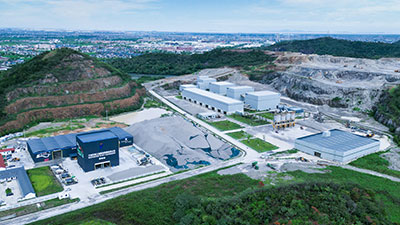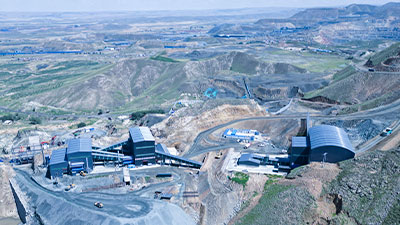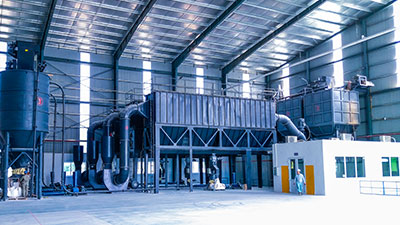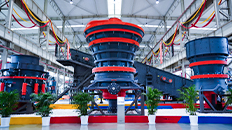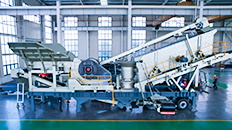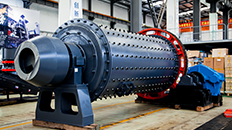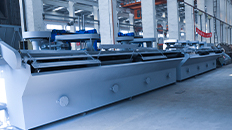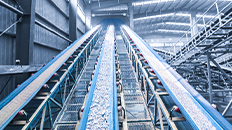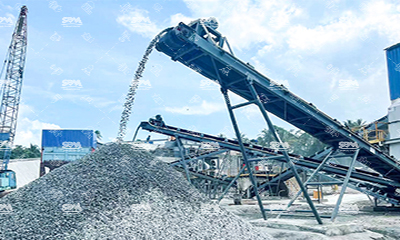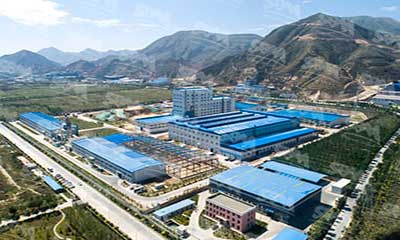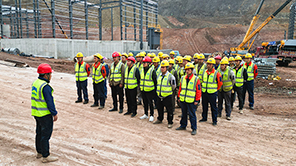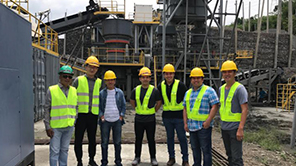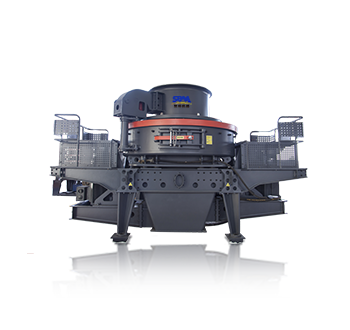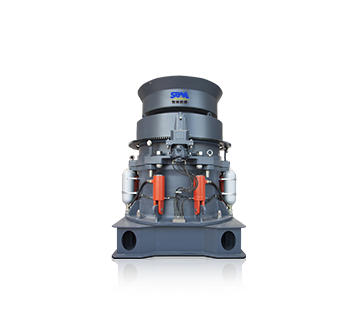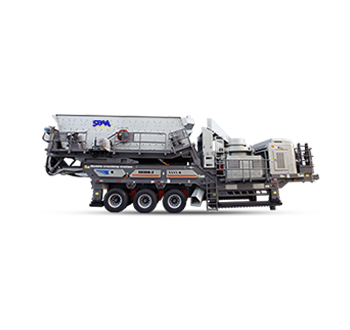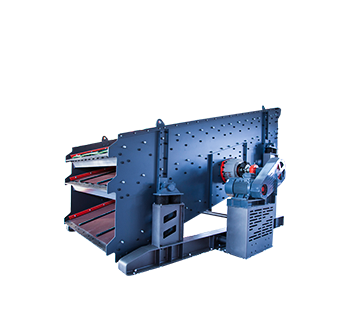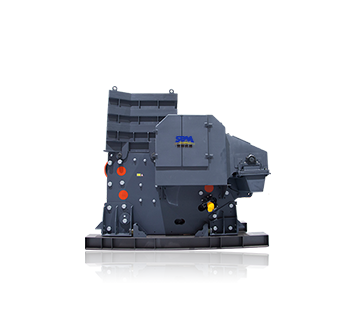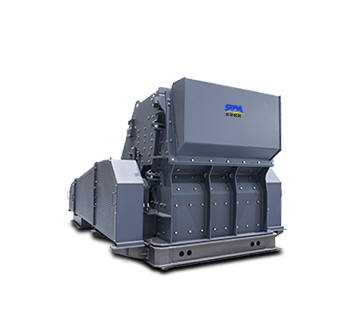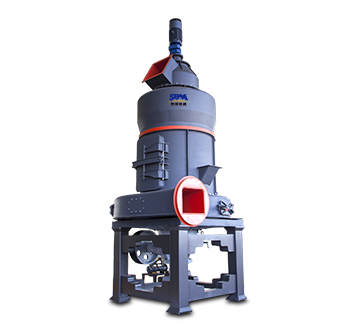Summary:Learn how to choose the right cone crusher for mining & construction. Compare types, features & SBM's HPT, HST & CS cone crusher solutions.
Cone crushers are essential machinery in the mining and construction sectors, playing a critical role in the processing of various materials. With the increasing demand for high-quality aggregates and efficient crushing solutions, selecting the right cone crusher has become more important than ever. The choice of a cone crusher not only affects the efficiency of operations but also impacts the overall cost-effectiveness and productivity of mining projects.
At SBM, we understand that this choice extends far beyond simple equipment selection - it directly impacts production efficiency, operational costs, and ultimately, project profitability. With decades of experience in crushing technology innovation, SBM has developed a comprehensive range of cone crushers designed to meet the diverse needs of modern operations.
By combining our technical expertise with real-world field experience, we have written this guide to detail the factors that should be considered when selecting a cone crusher, including material characteristics, production needs, and equipment capabilities.

1. Understanding Material Characteristics
Material Hardness and Abrasiveness
Hardness Indicators: Materials are classified by Mohs hardness. For example, granite (6-7) and quartzite (7) are considered hard materials, while limestone (3) and dolomite (3.5-4) are medium hard.
Selection Recommendations:
- Hard Materials (Mohs hardness ≥ 6): Opt for multi-cylinder hydraulic cone crushers or compound cone crushers, as they offer strong crushing power and longer service life for wear parts.
- Medium and Soft Materials: Single-cylinder hydraulic cone crushers or spring cone crushers are more cost-effective options.
Material Particle Size and Moisture Content
Feed Particle Size: Must match the maximum feed opening size of the crusher.
Moisture Content: When moisture content exceeds 8%, materials can adhere to the crushing chamber. Choose models designed to prevent adhesion (e.g., with increased chamber angle).
Material Viscosity and Mud Content
High Viscosity and Mud Content: For materials like clay ores, it's advisable to use pre-screening equipment to avoid blockages in the crushing chamber.

2. Determining Production Needs
Required Throughput
Determine the single-machine throughput based on production line capacity (e.g., 50 tons/hour, 200 tons/hour). Note that a larger crushing ratio (feed size/output size) results in lower throughput.
Example: For a pring cone crusher processing limestone, the mid-crushing capacity is approximately 50-90 tons/hour, while the fine crushing capacity is about 30-60 tons/hour.
Required Output Particle Size
Particle Size Range: Cone crushers are typically used for medium and fine crushing, with output sizes controllable between 3-60mm.
Selection Reference:
- Medium Crushing (Output 10-60mm): Standard cone crushers (coarser crushing chamber).
- Fine Crushing (Output 3-25mm): Short-head cone crushers (finer crushing chamber).
Production Continuity and Automation Needs
Continuous Production: For large mining operations, prioritize hydraulic cone crushers (which have overload protection and automatic discharge adjustment).
Automated Production Lines: Should be equipped with PLC control systems for remote monitoring and fault warnings.
3. Core Equipment Parameter Comparison
| Type | Spring Cone Crusher | Single-Cylinder Hydraulic Cone Crusher | Multi-Cylinder Hydraulic Cone Crusher | Compound Cone Crusher |
|---|---|---|---|---|
| Crushing Force | Medium (spring buffer) | High (adjustable hydraulic system) | Ultra-high (multi-cylinder boost) | High (combined crushing chamber design) |
| Automation Level | Low (manual adjustment) | High (hydraulic automatic adjustment) | High (smart hydraulics + PLC control) | Medium (partial hydraulic assistance) |
| Applicable Materials | Medium-hard materials | Medium-hard to hard materials | Hard to ultra-hard materials | Medium-hard to hard materials |
| Capacity Range | 10-300 tons/hour | 50-800 tons/hour | 100-1500 tons/hour | 30-500 tons/hour |
| Investment Cost | Low | Medium | High | Medium |
4. Key Selection Steps
Calculate Crushing Ratio and Capacity
- Crushing Ratio Formula: Crushing Ratio = Feed Size (mm) / Output Size (mm).
- Capacity Estimation: Refer to the manufacturer's parameter tables (e.g., a specific model might have a crushing ratio of 4 and a limestone throughput of 200 tons/hour).
Equipment Configuration and Design
- Feeding Equipment: Pair with a vibrating feeder (e.g., ZSW series) to ensure uniform feeding.
- Screening Equipment: After medium crushing, configure with circular vibrating screens (e.g., 3YK series) for closed-circuit crushing.
- Dust Control System: When crushing hard materials, significant dust is generated; a bag dust collector or wet dust suppression system is recommended.
Manufacturer and Service Evaluation
- Technical Strength: Prefer manufacturers with independent R&D capabilities.
- After-Sales Service: Consider parts supply cycles, installation support, and remote maintenance services.
5. Selection Considerations
- Site and Installation Conditions: Equipment height must match the workshop space; heavy equipment requires a concrete foundation.
- Energy Consumption and Environmental Impact: Hydraulic cone crushers are 15%-30% more energy-efficient than spring cone crushers and produce lower noise levels (≤90 dB).
- Future Expansion: If capacity increases are anticipated, reserve 30% equipment redundancy (e.g., if designing for 200 tons/hour, choose models rated for 250-300 tons/hour).
6. Typical Application Scenarios
Mining Medium Crushing
For granite crushing, use a multi-cylinder hydraulic cone crusher paired with a jaw crusher for coarse crushing.
Construction Aggregate Fine Crushing
For limestone, a single-cylinder hydraulic cone crusher can produce output sizes of 3-10mm for manufactured sand production.
Metal Ore Processing
For iron ore, use a compound cone crusher in conjunction with a ball mill for subsequent grinding operations.
7. Choosing the Right SBM Cone Crusher for Your Application
As a leading manufacturer of crushing equipment, SBM offers a range of high-performance cone crushers designed to meet various production needs in mining and construction. Our cone crushers combine innovative technology with robust engineering to deliver superior crushing efficiency, reliability and cost-effectiveness for different material processing applications.
1. HPT Multi-cylinder Hydraulic Cone Crusher
The HPT series represents our most advanced cone crusher technology, integrating high crushing efficiency with intelligent automation. This multi-cylinder hydraulic cone crusher is engineered for demanding applications requiring maximum productivity and precise particle shaping.
- Key Features: Advanced hydraulic control system, high crushing efficiency, and intelligent automation.
- Applications: Ideal for medium to hard materials (granite, basalt, iron ore) with a capacity range of 100-1500 tons/hour.
- Advantages: Energy-efficient, stable operation, and adjustable discharge size for precise particle shaping.
- Price Range: $150,000 – $1,050,000 USD

HST Single-Cylinder Hydraulic Cone Crusher
The HST series offers a perfect balance of performance and simplicity with its innovative single-cylinder hydraulic design. This crusher delivers reliable performance for medium-hard materials while maintaining lower operating costs and easier maintenance.
- Key Features: Simplified hydraulic structure, integrated design, and high crushing force.
- Applications: Suitable for medium-hard materials (limestone, dolomite) with a capacity of 50-800 tons/hour.
- Advantages: Compact structure, easy maintenance, and cost-effective for fine crushing applications.
- Price Range: $80,000 – $1,500,000 USD

CS Spring Cone Crusher
The CS series spring cone crusher provides a traditional yet reliable crushing solution with proven performance. Its spring protection system makes it particularly suitable for operations requiring a cost-effective solution for medium to soft materials.
- Key Features: Reliable spring protection system, stable performance, and simple operation.
- Applications: Best for medium to soft materials (limestone, marble) with a capacity of 10-300 tons/hour.
- Advantages: Low initial investment, durable wear parts, and suitable for small to medium-sized production lines.
- Price Range: $50,000 – $150,000 USD

At SBM, we provide customized cone crusher solutions tailored to your specific requirements, ensuring maximum productivity and cost efficiency. Our expert team offers comprehensive support, from equipment selection to after-sales service, helping you achieve the best results in your crushing operations.
This comprehensive guide provides the necessary insights to make informed decisions when selecting a cone crusher for mining and construction applications. By considering the factors outlined and following the recommended steps, you can ensure that your investment in a cone crusher will yield optimal performance and efficiency in your operations.

